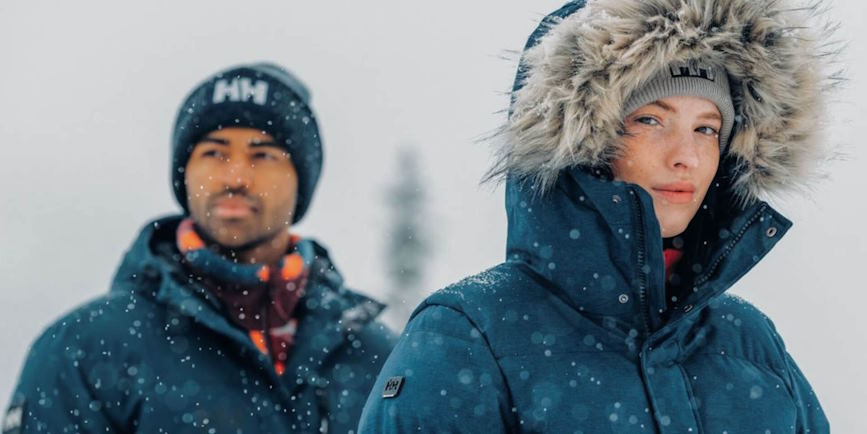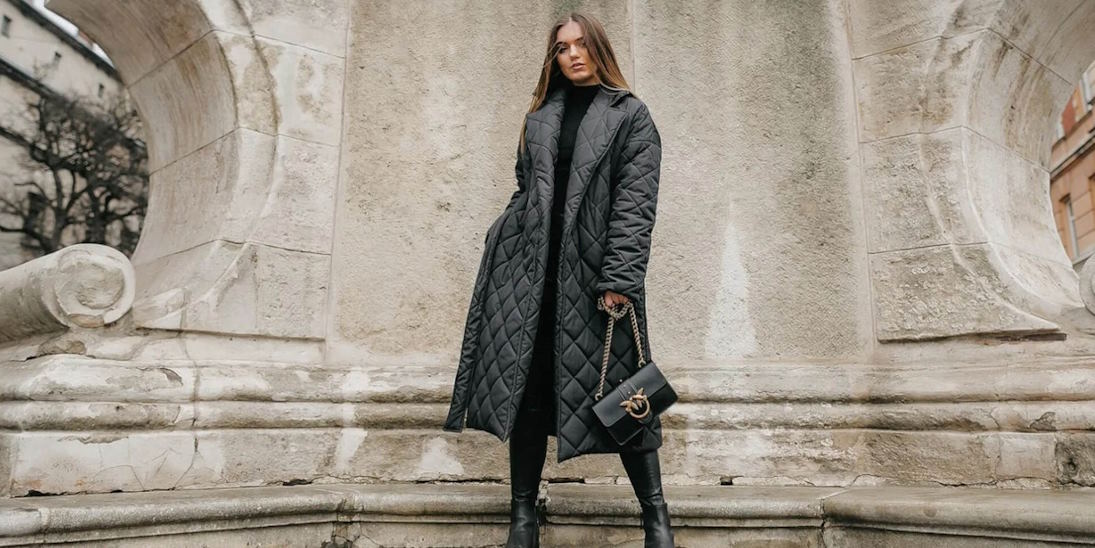
When selecting a winter coat, one size does not fit all. The climate in your region plays a pivotal role in determining the type of winter coat you need. Choosing the right coat is essential if you face harsh, frigid winters with heavy snowfall or enjoy milder, more temperate conditions.
Climate Assessment for Winter Coat Selection
Selecting the perfect winter coat starts with understanding your local climate. Key considerations include temperature extremes – whether you face extended periods of extreme cold or milder winter temperatures. Additionally, examine the precipitation patterns in your region, focusing on heavy snowfall, rain, or sleet. Don’t forget to account for the impact of winter winds, which can influence how cold it feels. These insights will guide you toward the ideal winter coat for your needs.

Adapting Your Winter Coat to Your Climate
Understanding your climate is essential in selecting the right winter coat. For areas with harsh winters characterized by frigid temperatures and heavy snowfall, opt for a heavy-duty coat featuring insulation, windproof and waterproof materials, and added length. A medium-weight coat with moderate insulation will suffice in regions with milder winters. Variable winter conditions can be tackled with a versatile, three-in-one, or convertible coat, offering adaptability through changing weather. Your choice should align perfectly with your climate, ensuring comfort and preparedness for winter’s challenges.
Additional Considerations
- In colder climates, ensure your coat allows for layering. This flexibility helps you stay warm when the temperature drops. Look for a coat that provides room for sweaters or thermal layers underneath.
- If you experience frequent rain or wet snow, a coat with excellent waterproofing is essential. Look for coats with sealed seams and water-resistant coatings.
- In windy regions, windproof materials can make a significant difference in maintaining warmth and comfort. Look for coats with windproof technology.
- A well-insulated and adjustable hood protects your head and neck in cold and windy conditions. A high collar also helps keep the cold out.
- Consider the length of the coat. Longer coats provide more coverage and protection against the cold and wind. Shorter coats may be more suitable in milder climates.



